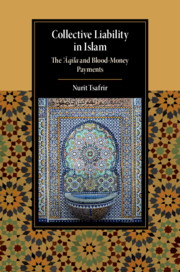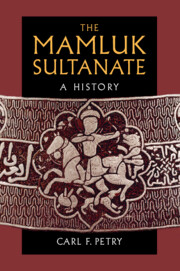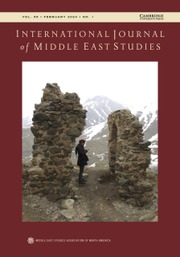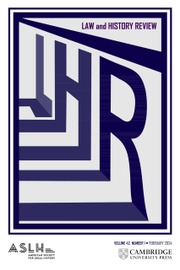Collective Liability in Islam
Offering the first close study of the ʿAqila, a group collectively liable for blood money payments on behalf of a member who committed an accidental homicide, Nurit Tsafrir analyses the group's transformation from a pre-Islamic custom to an institution of the Shari'a, and its further evolution through medieval and post medieval Islamic law and society. Having been an essential factor in the maintenance of social order within Muslim societies, the ʿAqila is the intersection between legal theory and practice, between Islamic law and religion, and between Islamic law and the state. Tracing the history of the ʿAqila, this study reveals how religious values, state considerations and social organization have participated in shaping and reshaping this central institution, which still concerns contemporary Muslim scholars.
- Provides the first analysis of the Shari'a institution of the ʿAqila, a group collectively liable for blood money payments
- Presents a clear, detailed outline of the law's evolution from its pre-Islamic origins through to the modern day
- Places legal theory within the context of historical transformations in religion, state and society
Product details
March 2022Paperback
9781108724289
189 pages
228 × 152 × 11 mm
0.28kg
Available
Table of Contents
- Part I. The Contribution of Islamic Values:
- 1. The modern perspective and the Islamic perspective, and their application to the law of homicide
- 2. Major modifications of the Islamic law of homicide
- 3. The 'Āqila's liability for homicide restricted, and justified
- Part II. The Contribution of the State Administration:
- 4. The Dīwān innovation in Umayyad practice
- 5. From Umayyad practice to Ḥanafī law
- 6. The Dīwān innovation in Ḥanafī law
- Part III. The Contribution of the Persians:
- 7. The Eastern Iranian Ḥanafī views on the 'Āqila: a presentation
- 8. The Eastern Iranian Ḥanafī views: the general context
- 9. The Eastern Iranian Ḥanafī views on the 'Āqila: an examination
- Conclusion
- Bibliography
- Index.








